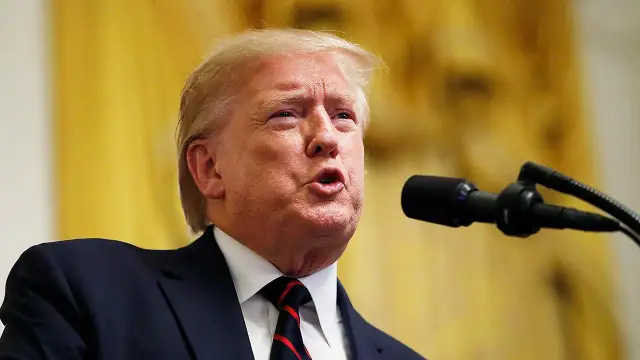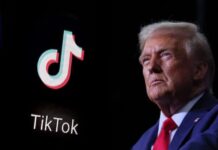President Donald Trump has approved the Take It Down Act, which is designed to address the increasing issue of online non-consensual explicit images. As well as regular revenge porn, the legislation also covers victims of AI deepfakes, so it is considered very comprehensive.
What the Law Covers
If someone knowingly publishes or shares any intimate images, real or not, against another person’s will, the act makes it a federal offense. AI can now produce content that erroneously depicts people having sex, and this has become more common with the improvement of machine learning. If a victim reports inappropriate content, the law says social media platforms and websites must remove it in 48 hours and ensure it does not get uploaded again.
The framework resolves a significant issue regarding the law. Though a few states had laws against revenge porn and deepfake material in the past, officials did not always apply them, leaving adult victims with no federal options. Now, the Take It Down Act gives a single target for those who break TRIPS laws in the U.S.
Backed by Bipartisan Support and Melania Trump
There was little opposition from either side when the Act was passed in both the Senate and House. The First Lady, Melania Trump, actively supported the bill and spoke out in its favor. She brought attention to the issue of online harassment towards girls before lawmakers and policymakers.
At the signing ceremony, Melania said, “It’s truly upsetting to see young teens and especially girls, facing the difficult problems caused by online threats such as deepfakes.” This kind of setting can cause a lot of harm.
The author additionally noted that the overuse of AI and social media can be as dangerous for children as unhealthy sweets might be.
Why the Law Matters Now
The new law is being introduced as AI tools now make it simple for people to produce fake, explicit images. Many free and paid applications that remove clothes from photos or replace faces in porn videos have recently become extremely popular and often target unwary people. Many teenage girls in United States schools have been targeted as well, along with Taylor Swift and Congresswoman Alexandria Ocasio-Cortez.
Experts claim that sextortion can be linked to cyberbullying, extortion-based threats, and depression. Taking down such images can be challenging for victims, since the legal procedure moves slowly, and sites may not respond quickly. With the Take It Down Act, it happens more quickly and reduces the chances of abuse.
Also read: SNAP Cuts in Trump’s $5 Trillion Bill Spark National Debate in Washington
Tech Industry Response
Many big tech companies such as Meta, TikTok and Snapchat, have agreed to take down illegal content within 48 hours. These social media companies are planning to upgrade their moderation systems to stay in compliance with legal guidelines.
Still, some organizations focusing on digital rights have highlighted that this law could result in wrongful removals of content. They want lawmakers to introduce measures that protect people’s free speech and also help victims.
Origin and Inspiration
A 14-year-old named Elliston Berry was the reason this law was created, after his AI-generated nude picture was posted on Snapchat. For nearly a year, her mother tried to remove the image, but she met difficulties from the platform and did not receive much legal assistance. The situation in Vidor captured the public eye in Washington, playing a major role in inspiring new laws.
Conclusion
The Take It Down Act represents a historic step in the U.S. government’s effort to regulate the darker side of the internet. By criminalizing the distribution of non-consensual intimate images—including AI-manipulated deepfakes—and requiring prompt removal from digital platforms, the law sets a new standard for victim protection and platform accountability.
As technology continues to evolve, laws like the Take It Down Act signal a growing recognition of the need to balance innovation with ethical responsibility. It marks a powerful moment in the fight against digital exploitation, driven by bipartisan support and grassroots advocacy.








